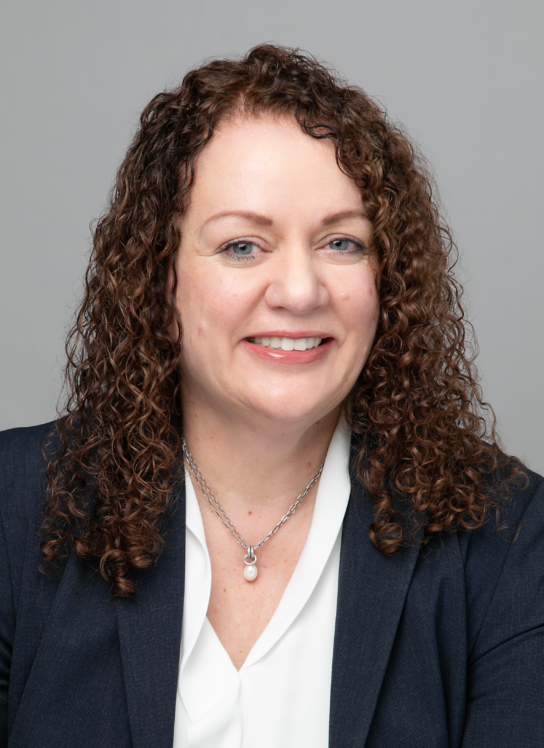Most people who attempt suicide have received health care in the previous year, making care settings crucial venues for providing information, offering services, such as screening for depression, or offering mental health services. The Substance Abuse and Mental Health Services Administration (SAMHSA) and its partners offer a variety of tools that health care providers can utilize with at-risk patients.
Hotline: SAMHSA’s 24-hour toll-free, confidential hotline— 1-800-273-TALK (8255) —can be provided to patients. Users also have the option to text or live chat with a crisis counselor. Evaluations show that most callers report decreased feelings of distress and hopelessness and fewer thoughts about suicide as a result of their calls.
Mobile app: “Suicide Safe” is a new suicide-prevention app available for download from SAMSHA. The app helps providers integrate strategies to address suicide risk among patients into clinical practice and helps them apply a data-driven approach to suicide prevention.
“Zero Suicide” approach and toolkit: Zero Suicide is a programmatic approach based on the realization that suicidal individuals often cannot be readily identified by any one health care interaction. Zero Suicide requires a system-wide approach to improve outcomes and close gaps. The foundational belief of Zero Suicide is that suicide deaths for individuals under care within health and behavioral health systems are preventable.
The Seven Essential Elements of Suicide Care from the Zero Suicide toolkit are lead, train, identify, engage, treat, transition and improve. More details about these elements and the toolkit itself are available at the Zero Suicide website.
The following groups have demonstrated a higher risk for suicide or suicide attempts than the general population and may be of special attention for providers: American Indians and Alaska Natives; people bereaved by suicide; people in justice and child welfare settings; people who intentionally hurt themselves (non-suicidal self-injury); people who have previously attempted suicide; people with medical conditions; people with mental and/or substance use disorders; people who are lesbian, gay, bisexual or transgender; members of the military and veterans; men in midlife; and older men.
The SAMHSA tools provide a good starting place for early prevention of suicidal behavior in these groups and for any other patients identified to be at risk.


